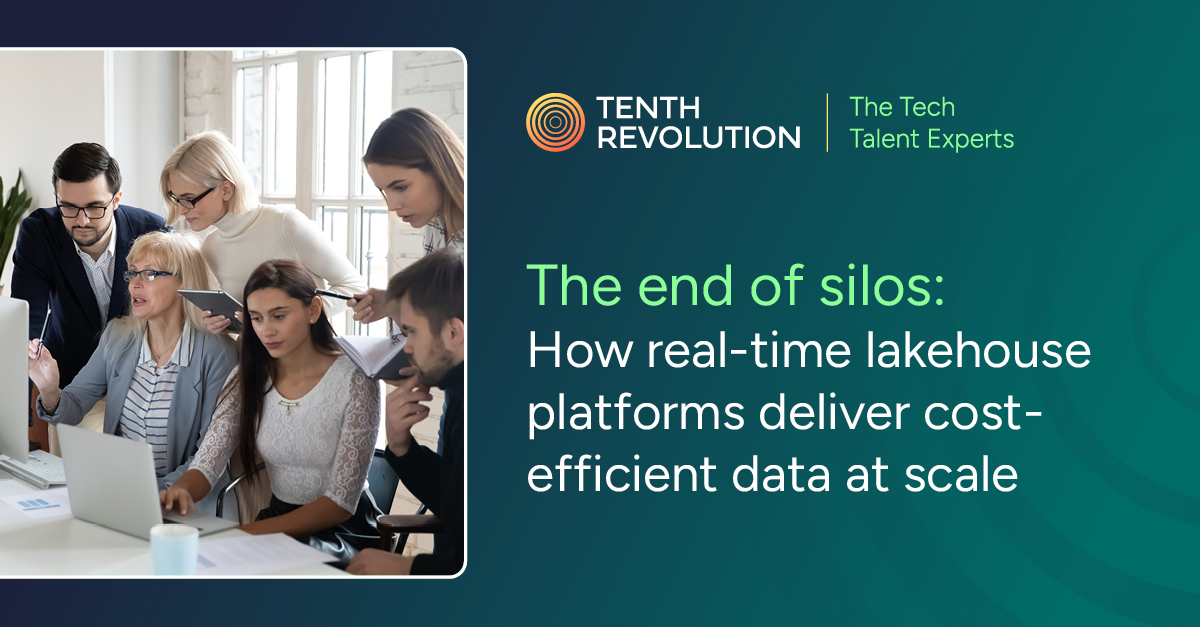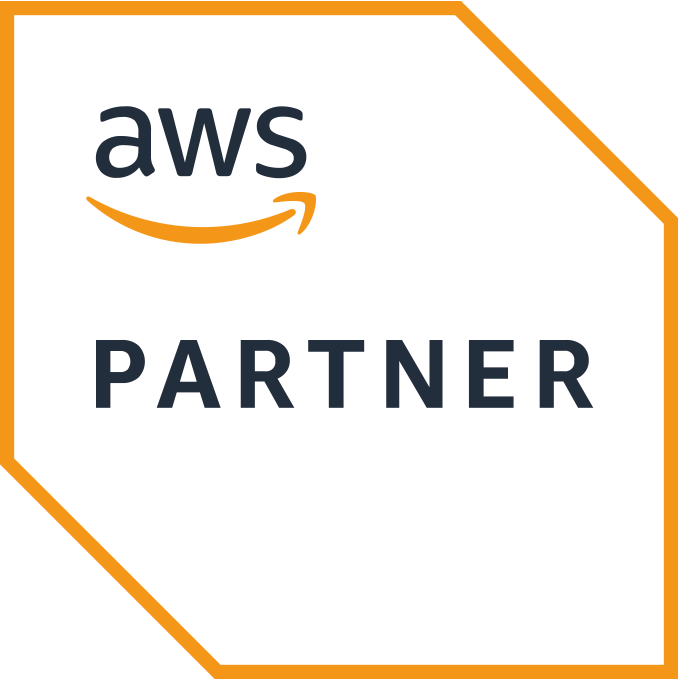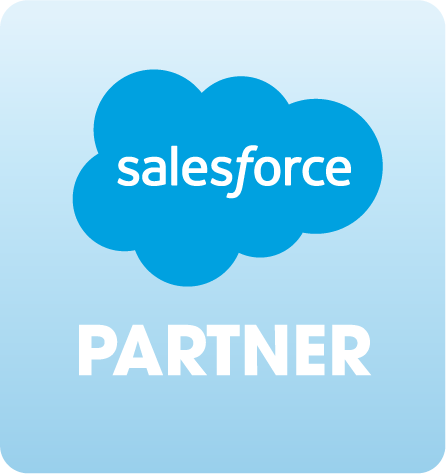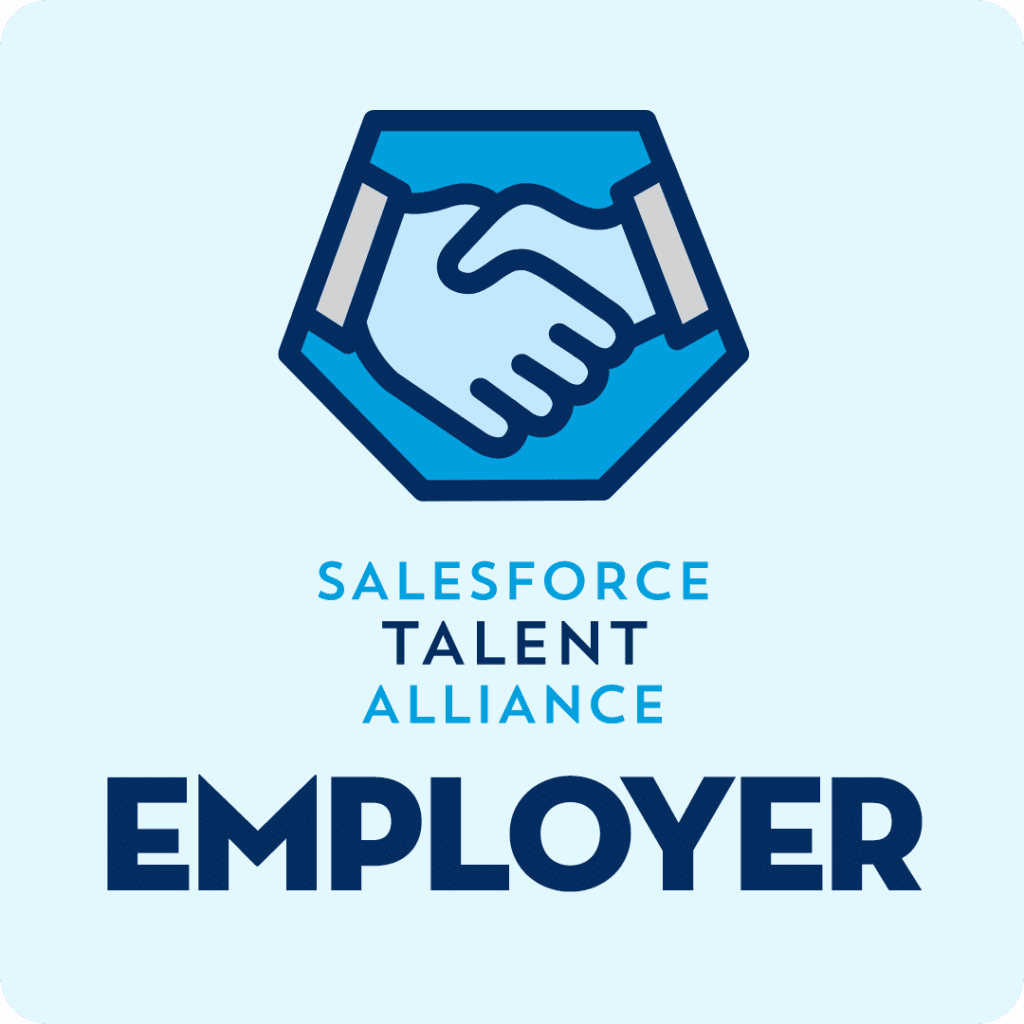Enterprises have always struggled with fragmented data.
Warehouses were good at structured analytics but struggled with flexibility. Data lakes brought scale and low cost, but at the expense of governance and performance. Streaming added speed but often sat in isolation from existing platforms. The result was silos of information, each optimized for one purpose but costly and complex when stitched together.
That’s now changing. Open table formats and the convergence of lakehouse and streaming architectures are creating a new standard for interoperable, real-time, and cost-efficient data platforms. For executives, this is not a purely technical milestone. It’s a strategic shift that determines how fast your business can act on data and how much it costs you to do so.
Why data silos are finally breaking down
Until recently, most organizations were forced to manage trade-offs between speed, scale, and governance. Teams often duplicated data across lakes, warehouses, and streaming pipelines, with all the overhead and risk that entailed. Cloud bills climbed, integration projects multiplied, and business leaders faced delays in getting answers to simple questions.
The rise of open table formats such as Delta Lake, Apache Iceberg, and Apache Hudi has changed the equation. By standardizing how data is stored and accessed, these formats allow multiple engines—SQL, machine learning, BI, or streaming systems—to work from the same source of truth. This reduces duplication, enforces consistency, and unlocks real-time access across diverse tools.
Building a modern data platform takes more than technology. Tenth Revolution Group connects you with trusted technology talent who specialize in data engineering, lakehouse design, and interoperability at scale.
The power of convergence: lakehouse + streaming
Lakehouse platforms emerged to bridge the gap between lakes and warehouses by combining scalability with governance and performance. Adding streaming capabilities takes this further, enabling organizations to act on data as it arrives rather than waiting for batch processing.
This convergence creates powerful advantages:
- Real-time analytics. Business leaders can see customer activity, supply chain updates, or financial transactions as they happen, not hours later.
- Single source of truth. Teams no longer need to maintain separate pipelines for historical and real-time data, reducing duplication and error.
- Lower cost of ownership. With open formats and unified architectures, organizations spend less on integration projects and redundant infrastructure.
- Better governance. Standardized access controls and metadata management mean compliance can be applied consistently, even in fast-moving environments.
Together, these capabilities turn data platforms into strategic assets that support everything from predictive maintenance in manufacturing to real-time personalization in retail.
What this means for leaders
For CFOs, COOs, and Chief Data Officers, the convergence of lakehouse and streaming platforms shifts the business conversation from “what’s technically possible” to “what’s financially sustainable.” A few practical steps stand out:
- Audit your current stack. Identify where duplication exists across lakes, warehouses, and streaming systems. The financial overhead is often greater than leaders realize.
- Prioritize interoperability. Open table formats only deliver value if your tools and teams commit to them. Standardize on one or two formats across the enterprise to maximize consistency.
- Embed cost governance. Treat cloud and data spend as a strategic lever. Use tagging, chargeback, and real-time cost observability to align platform usage with business value.
- Invest in people. Building reliable lakehouse + streaming platforms requires engineers who understand both the architecture and the business use cases.
Many organizations underestimate the human side of these transformations. Tenth Revolution Group can provide contractors and permanent hires with experience in Delta, Iceberg, Hudi, and modern streaming tools, so your data strategy is not held back by skills gaps.
The new standard for enterprise data
The message for leaders is clear: the days of managing separate lakes, warehouses, and streaming systems are ending. The new standard is an interoperable, real-time lakehouse platform built on open formats.
Organizations that embrace this shift will see lower costs, faster innovation, and stronger governance. Those that delay risk clinging to fragmented systems that are harder to manage and more expensive to run.
The end of silos is not just a technical milestone. It’s a business opportunity to build platforms that make data a competitive advantage rather than a cost center.











